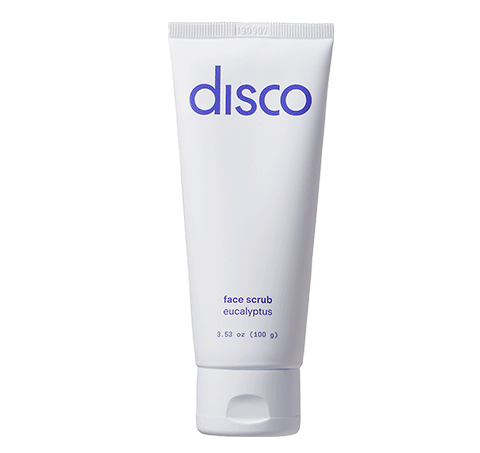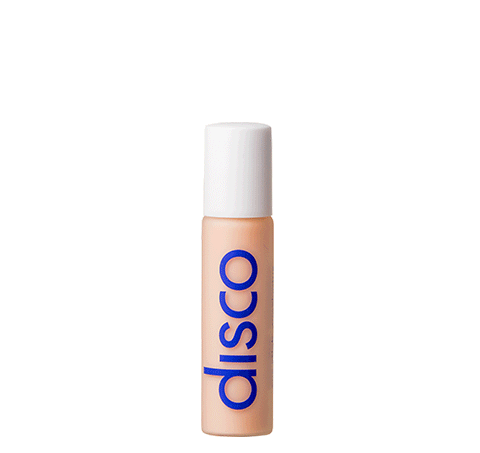We don’t typically dive into viral skincare hacks here on the Disco Journal, as we like to stick to the basics. However, as we did with the gua sha technique, we’re always willing to explore a skincare hack that holds merit with skin professionals and dermatologists. The practice of slugging falls into this category.
Slugging went viral on Tiktok and Reddit for its bizarre look and impressive results: it involves slathering the face with petroleum jelly as the last step in your skincare routine. The result makes you look like a slimy slug before bed but leaves you with hydrated skin by the morning.
Let’s take a look at how slugging works, and the benefits it can have for those with extremely dry skin types.
Slugging: Creating a Seal with Petroleum Jelly
Simply put, slugging is the process of creating a seal on the skin using a petroleum jelly product, or another occlusive skincare substance. An occlusive is an ingredient that creates this seal on the skin surface. The result is locked in moisture and hydration for the skin.
The most common and recommended slugging component is petroleum jelly. You’ve probably seen this white to yellow sticky substance before in your parent's medicine cabinet. Vaseline is the first brand to sell petroleum jelly, and is often referred to by the same name. It’s made up of hydrocarbons that are derivatives of crude oil. Don’t worry – it’s completely safe and gentle on the skin.
People have been using petroleum jelly on the skin for centuries. The Native American Seneca tribe used to dig oil pits to use petroleum jelly to heal wounds in the 15th century. Today, dermatologists recommend using petroleum jelly for several benefits: for eczema, dry skin, wounds, surgery recovery, and a compromised skin barrier which can look like redness, inflammation, and irritation.
Protecting the Moisture Barrier Like Fort Knox
So what is slugging doing for the skin on a molecular level? Slugging effectively prevents transepidermal water loss and aids in water retention for the skin. Those with dehydrated skin types typically have compromised moisture barriers – meaning the surface of their skin has lost moisture and is weak at retaining that moisture.
The moisture barrier is the stratum corneum, the outermost layer of the epidermis. When petroleum jelly is added to the skin, it creates a balance of keratinocytes and lipids. Keratinocytes are skin cells, and lipids are the important proteins that bond the stratum corneum together. All of these elements make up the moisture barrier. With an imbalance of lipids, the skin barrier can lose moisture and become severely dried out. This is often the case with dry skin types.
The seal created by slugging protects the moisture barrier like Fort Knox. It keeps out dirt and bacteria and creates the ideal environment for the skin to recuperate and retain moisture.
How to Incorporate Slugging Into Your Skincare Routine
To incorporate slugging into your skincare routine, ensure you’re using a petroleum jelly occlusive only at night, for it’s very messy and will create a sticky layer to the skin. We recommend slugging at least once a week if you struggle with severely dry skin.
First, complete your typical nighttime skin routine by cleansing, exfoliating, and moisturizing the skin. It’s important to note that slugging doesn’t add additional moisture or hydration to the skin – it simply provides the barrier to lock in existing moisture and hydration. So, ensure you’re using nourishing ingredients in your moisturizer or serum, like Aloe, Macadamia Oil, Coconut Oil, or Vitamin E. Avoid active ingredients like AHAs or BHAs, or Retinoids while slugging. The layer of petroleum jelly can lock in these intense ingredients, causing them to work too hard on the skin.
Swipe a dime-sized amount of petroleum jelly over the entire face. It can be a messy process, so use a towel over your pillow while you sleep. In the morning, wash off to reveal glowing, bouncy, and vibrant skin.







